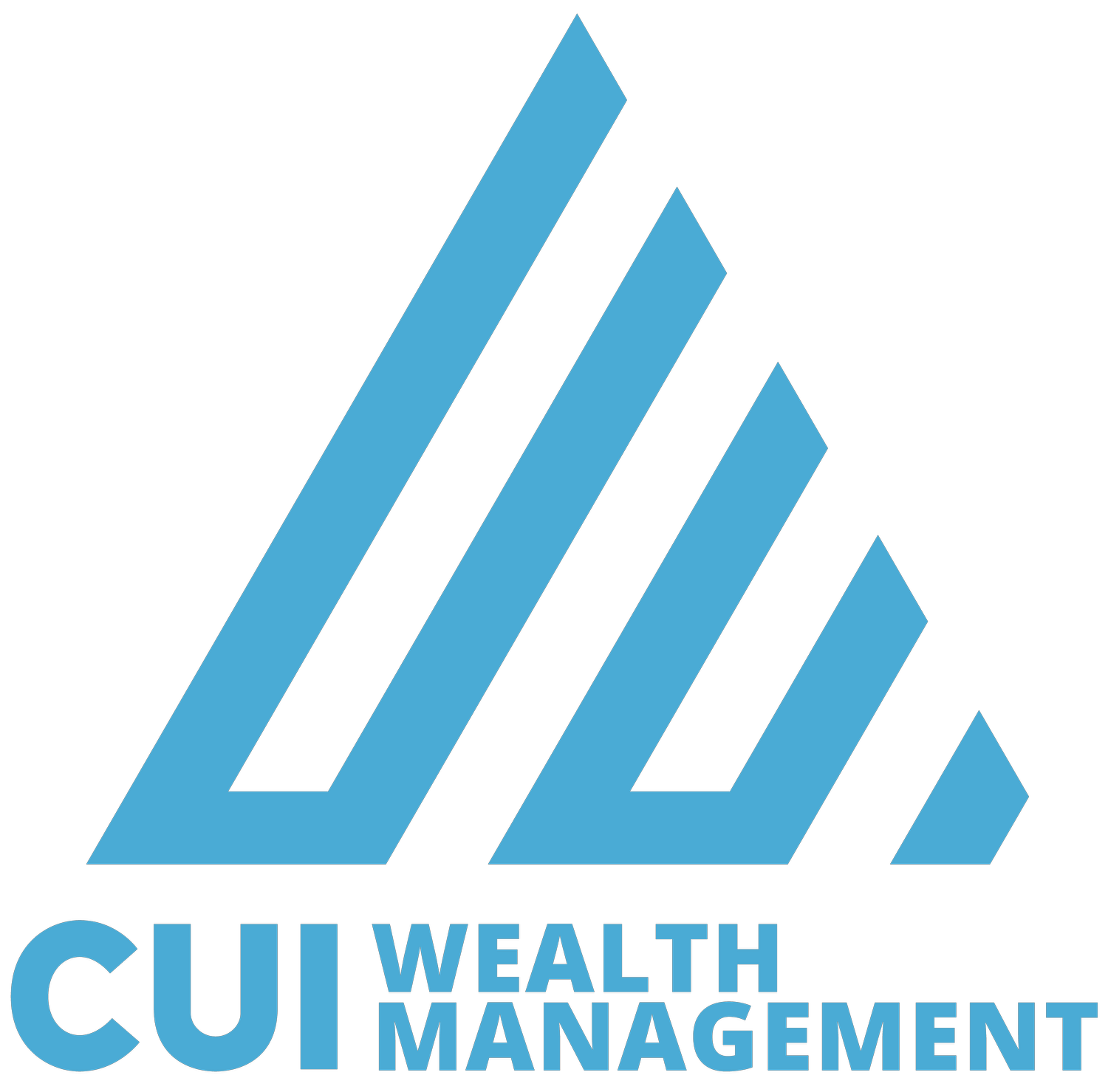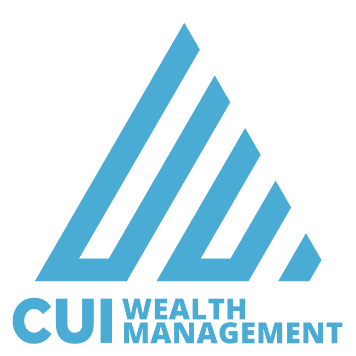8 Things Every Employee Should Know About Their 401(k)
Summary Plan Description (SPD)
The Summary Plan Description (SPD) highlights the main points of your company retirement plan. It covers various topics, including vesting, the plan match, and eligibility. Plan sponsors are required to disclose this information to participants. The SPD is an excellent place for employees to read up on their 401(k) plan and understand its design. I would advise plan sponsors to center an education meeting around the SPD and guide employees to read through this notice.
Fees
It amazes me how often plan participants don’t realize they are paying their 401(k) plan fees. Many parties are involved in 401(k) plans, and I have never met a provider that works for free. Yet, according to a recent PLANSPONSOR article, 57% of plan participants believe “they pay either no fees or very low fees” (Moore, 2021). These statistics don’t surprise me at all. Participants can find the fees they are paying by looking at their plan’s fee disclosures. They can look up these disclosures on your provider’s website or call and request copies. Some of the fees your plan participants must consider are administrative fees, fund fees, and advisory fees.
Risk
Good 401(k) plans have various investments to accommodate differing risk tolerance preferences. Employees look up returns but often neglect the importance of selecting investments according to their risks. Risk tolerance changes according to age, behaviors, and circumstances. There are plenty of questionnaires available for participants to gauge their risk tolerance.
Income Gap
An income gap is a difference between an employee’s current retirement projection, based on their savings, and their needed retirement income. Employee understanding of their income gap is essential because it helps them make decisions to bridge the gap between their current situation and retirement needs. Employees can then adjust their plan deferral percentage accordingly.
Roth vs. Traditional
Most 401(k) plans have both Traditional and Roth options. Unfortunately, employees often get confused about the differences between the two. When participants are eligible to participate, they shouldn’t let the differences between Roth and Traditional options get them hung up on starting. Understanding the differences between Traditional and Roth options can allow for more strategic retirement and tax planning.
Beneficiary Designations
401(k) participants generally set up their beneficiary designations and forget to update them. Participants should know and update their beneficiary designations. Kids grow up, spouses change, and people meet with professionals to create estate plans. Things can get messy when an ex-spouse is listed as the beneficiary unintentionally or when estate planning documents don’t match up with 401(k) beneficiary designations.
Options During Employment Termination
There are many ways to set up a plan. Plans may have a force-out provision where low account balances are forced out of the 401(k) plan when an employee terminates employment. Employers may have a vesting schedule on employer matches requiring a certain number of years of service before fully being vested. Employees need to know the options with their funds upon termination.
Advisor Contact Information
It’s often easier to reach a 401(k) advisor and ask specific plan questions than wait on hold with a recordkeeping company. It would be best if you introduce your employees to your 401(k) advisor. Make sure employees have their contact information. Having the advisor come in periodically to discuss financial topics is optimal.
Bibliography
Moore, R. (2021, March 15). Participants Don’t Know Their Fees Are Declining. Retrieved from Plansadvisor.com: https://www.plansponsor.com/participants-dont-know-fees-declining/


